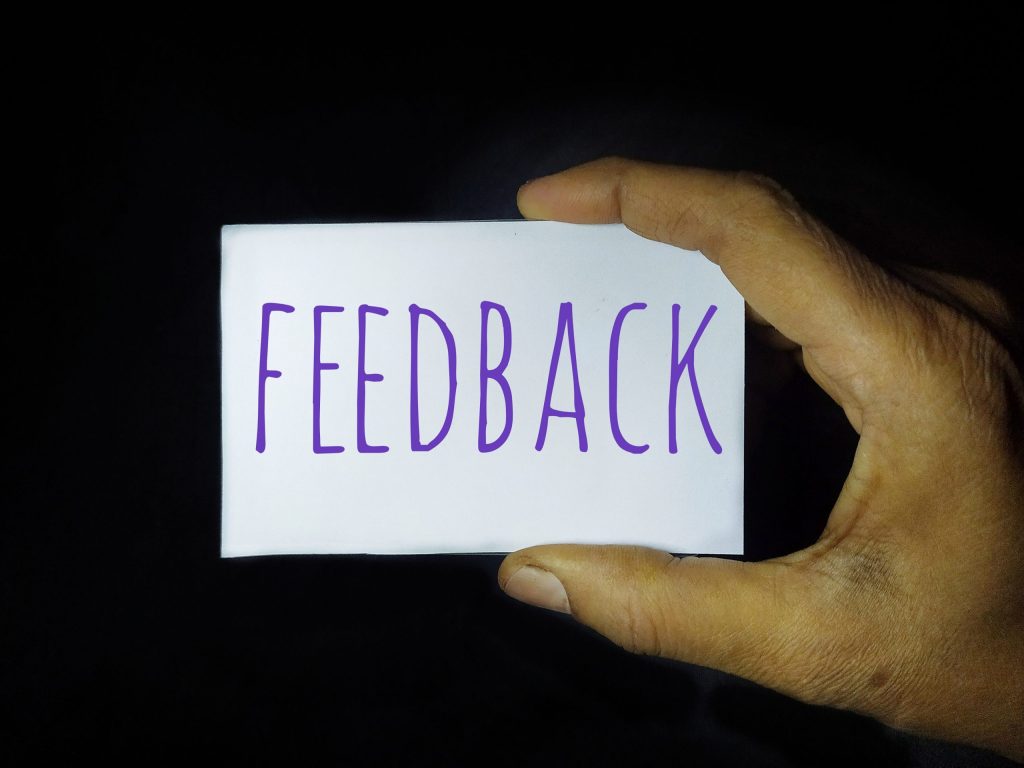“The main role of feedback, at least in schools, is to improve the learner, not the work. The idea is that, after feedback, students will be able to do better at some point in the future on tasks they have not yet attempted.”
Dylan Wiliam
Giving some pupils timely and effective feedback on their writing can prove difficult. Pupils make so many mistakes and missteps that it can sometimes be hard to know where to start. It can mean that teachers are mired in attempting to help pupils improve their current work, but it doesn’t translate to their future tasks, so it does not improve the learner in the longer term.
So, how do we help fulfil the Dylan Wiliam dictum of ‘improving the learner, not the work’?
Let’s take the example of an issue-laden piece of writing. We need to first understand the reasons for the weaknesses of the work before we decide upon apt feedback. Issues can have an array of complex underlying causes:
- Pupils may have been unclear about the purpose of the writing
- Pupils may have planned poorly
- Pupils may have lacked background knowledge
- Pupils may lack motor skills (and so their handwriting held them back)
- Pupils may lack spelling knowledge (and editing strategies)
- Pupils may lack grammar knowledge (and therefore struggle to create cogent and complete sentences)
- Pupils may lack strategies to revise and improve their writing
- Pupils may have simply lacked effort or rushed their writing.
Some of these issues can stack up and mean that identifying what errors to highlight, or what future targets to set, becomes tricky for the time poor teacher. Of course, most teachers know about their pupils’ prior attainment – along with their writing strengths, weaknesses, and habits. As a result, they can more accurately you can diagnose the root of the problems, so that feedback is more targeted at likely future performance.
Once the teacher has diagnosed the likely causes which are leading to flawed writing, they can then think more purposeful targets for future improvement. The EEF guidance report on ‘Teacher Feedback to Improve Pupil Learning’ (Dylan Wiliam authors the guest foreword) helpfully characterises three areas to focus on feedback that actually feeds forward.
Specifically, high quality feedback can focus on:
- Improvement for a specific type of task e.g. feedback on how to use sentence starters to sequence an argument in an essay; or, how to use a semi-colon accurately.
- Underlying processes in the subject e.g. feedback on linear equations that focuses upon methods to use in future, not just corrections on current problems; or, in religious education, how to structure a response to an ethical debate.
- Self-regulation strategies to plan, monitor and evaluate e.g. how to develop and use a revision planning template; or, to encourage pupils to monitor their personal best times in their P.E. practical.
The EEF guidance states that these processes – particularly task and subject – can easily blur, however, the key point is feedback moves forward and doesn’t focus on personal attributes of the pupil.
Improve the learner by developing self-regulation
The most useful nudge to improve both feedback being used, with the bonus of reducing teacher marking, is to activate pupils for self- and peer-feedback. By encouraging these approaches, it encourages self-regulation and offers more of an opportunity for the feedback to stick.
Let’s compare these two feedback scenarios from physical education:

Scenario B can and does go wrong (peer feedback can take a considerable effort to get right), but when pupils routinely enact peer and self-feedback in these ways it can be habit. In these conditions, we are more like to improve the learning, when then improves the work.
Pupils need training to offer effective peer feedback. I like Mark Gardner’s SPARK model for how to define and remember quality peer feedback:
- “Specific. Comments are linked to a discrete word, phrase, or sentence.
- Prescriptive. Like a medical prescription that aims to solve an ailment, prescriptive feedback offers a solution or strategy to improve the work, including possible revisions or links to helpful resources or examples.
- Actionable. When the feedback is read, it leaves the peer knowing what steps to take for improvement.
- Referenced. The feedback directly references the task criteria, requirements, or target skills.
- Kind. It’s mandatory that all comments be framed in a kind, supportive way.”
From ‘Teaching Students to Give Peer Feedback’
I started with the words of Dylan Wiliam, so it is fitting to end with his perspective on the potential power of self and peer assessment:
